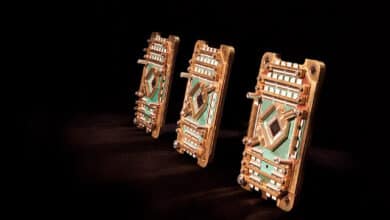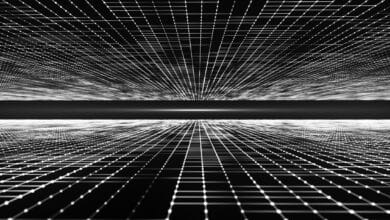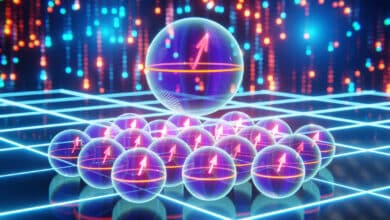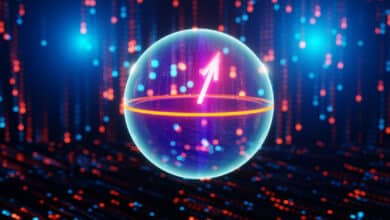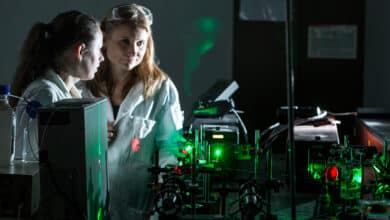All Quantum Computing Modalities Posts
-
Quantum Computing Modalities
Quantum Computing Modalities: Quantum Annealing (QA)
Quantum annealing (QA) is a special-purpose quantum computing paradigm designed to solve optimization problems by exploiting quantum tunneling and the adiabatic principle. It's a special case of Adiabatic Quantum Computing (AQC). The idea is to encode a problem (typically an NP-hard optimization) into an energy landscape, where the lowest energy (ground) state corresponds to the optimal solution. A quantum annealer starts in the easily prepared…
Read More » -
Quantum Computing Modalities
Quantum Computing Modalities: Quantum Walk QC
Quantum walks are the quantum-mechanical counterparts of classical random walks. In a classical random walk, a "walker" (such as a particle or an agent) moves step by step in a certain space (like a line or a graph) with some probability distribution. In a quantum walk, the walker instead evolves in a superposition of positions, following the rules of quantum mechanics.
Read More » -
Quantum Computing Modalities
Quantum Computing Modalities: Fibonacci Anyons
Fibonacci anyons are a type of non-Abelian anyon – exotic quasiparticles that can exist in two-dimensional systems and have exchange statistics beyond bosons or fermions. When two non-Abelian anyons like Fibonacci anyons are exchanged (braided) in space, the quantum state of the system undergoes a unitary transformation (not just a phase change as with Abelian anyons).
Read More » -
Quantum Computing Modalities
Quantum Computing Modalities: QA With Digital Boost (“Bang-Bang” Annealing)
Digital Boost (“Bang-Bang” Annealing) refers to augmenting or replacing the continuous, gradual annealing schedule with discrete pulses or abrupt changes in the control parameters – essentially applying bang–bang control to quantum annealing. In control theory, a bang–bang controller is one that switches sharply between extreme values (on/off) rather than varying smoothly.
Read More » -
Quantum Computing Modalities
Quantum Computing Modalities: Dissipative QC (DQC)
Dissipative Quantum Computing (DQC) is a model of quantum computation that leverages open quantum system dynamics – in other words, it uses controlled dissipation (interaction with an environment and irreversible processes) as a resource for computing.
Read More » -
Quantum Computing Modalities
Quantum Computing Modalities: Majorana Qubits
Majorana qubits are quantum bits encoded using Majorana zero modes, exotic quasiparticles that are their own antiparticles. These modes emerge in certain superconducting systems as zero-energy states bound to defects or boundaries. Uniquely, information stored in a pair of Majorana modes is nonlocally encoded – effectively an electron's quantum state is split between two separated locations. This topological encoding makes the qubit highly insensitive to…
Read More » -
Quantum Computing Modalities
Quantum Computing Modalities: Biological QC
Biological Quantum Computing refers to speculative ideas that biological systems might perform quantum computations or that we could harness biological processes to implement quantum computing. This paradigm is highly exploratory and not yet realized in any form, lying at the intersection of quantum physics, biology, and computer science.
Read More » -
Quantum Computing Modalities
Quantum Computing Modalities: Boson Sampling QC (Gaussian & Non-Gaussian)
Boson Sampling is a specialized, non-universal model of quantum computation where the goal is to sample from the output distribution of indistinguishable bosons (typically photons) that have passed through a passive linear interferometer. In simpler terms, one prepares multiple photons, sends them through a network of beam splitters and phase shifters (a linear optical circuit), and then measures how many photons exit in each output…
Read More »
